Selecting the right industrial bearing is crucial for the smooth operation and long life of your machinery. A wrong choice can lead to frequent breakdowns, higher maintenance costs, and unexpected downtime. Whether you are dealing with heavy-duty equipment or precision machinery, understanding how to pick the right bearing can save you both time and money. In this guide, we will explain the key factors you must consider when choosing an industrial bearing for your equipment.
1. Understand the Load Requirements
The first and most important step is to determine the type of load your industrial bearing will handle.
- Radial load: If your application primarily involves radial forces (forces perpendicular to the shaft), a ball bearing or a cylindrical roller bearing might be ideal.
- Axial load: For applications where thrust or axial loads (forces parallel to the shaft) are significant, thrust bearings are a better choice.
- Combined load: If both radial and axial loads are present, you may need a tapered roller bearing.
Understanding the load direction and magnitude will help you select an industrial bearing that can handle the operational demands efficiently.
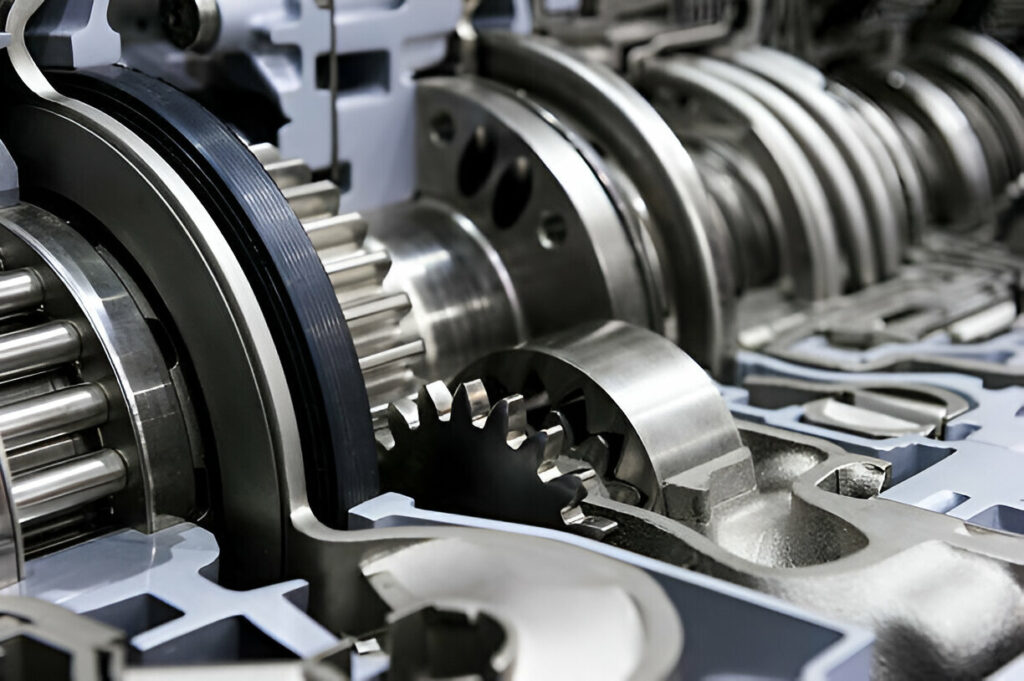
2. Choose the Right Industrial Bearing Based on Speed
Different types of industrial bearings are designed for different speed ranges.
- Ball bearings are suitable for high-speed applications.
- Roller bearings perform better under heavy loads but operate at lower speeds.
If your machinery operates at high speeds, ensure the bearing is rated for that speed without compromising on performance or safety.
3. Check the Environmental Conditions
The environment in which the bearing operates plays a huge role in its selection.
- Dusty, dirty environments require sealed industrial bearings to prevent contamination.
- High-temperature areas may need bearings made of special heat-resistant materials.
- Corrosive environments (like chemical plants) need bearings with anti-corrosion coatings or stainless steel bodies.
Choosing a bearing that can survive environmental challenges will enhance the reliability and longevity of your equipment.
4. Evaluate Bearing Materials and Design
The material and design of an industrial bearing greatly affect its performance:
- Steel bearings are standard for most industrial uses.
- Ceramic bearings offer high speed and temperature resistance but are more expensive.
- Hybrid bearings combine ceramic balls with steel races for a balance of performance and cost.
Select the material that best fits your operational needs and budget.
5. Consult a Bearing Specialist
Finally, consulting with a professional bearing supplier or manufacturer can help you make the best decision.
They can recommend customized bearing solutions based on your specific machinery requirements and operating conditions.
Final Thoughts
Choosing the right industrial bearing is not just about picking the most expensive or well-known brand. It’s about matching the bearing’s load capacity, speed rating, material, and environmental resistance to your equipment’s needs. Taking the time to make the right choice will save you from costly repairs and downtime in the long run.


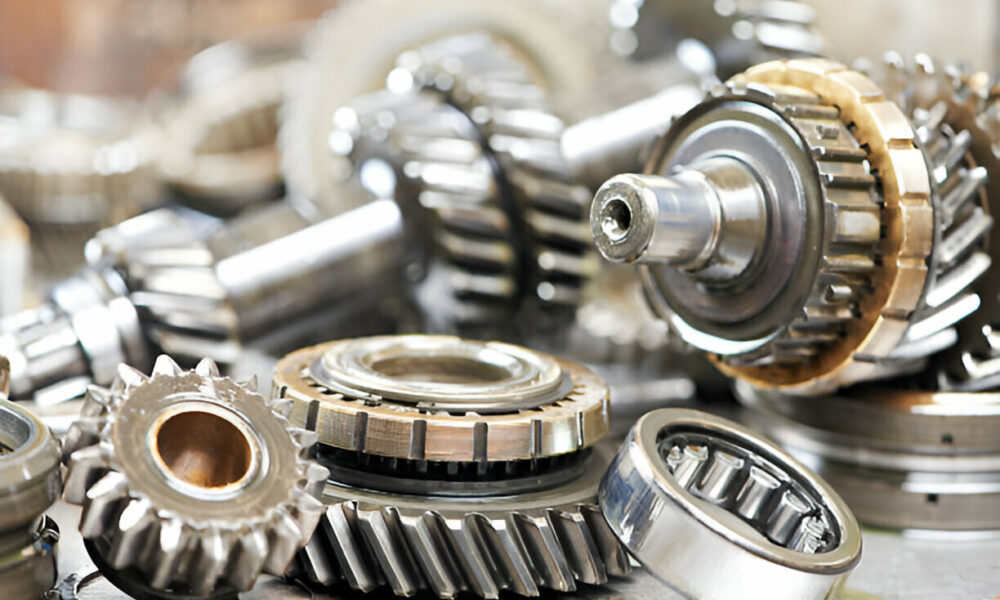
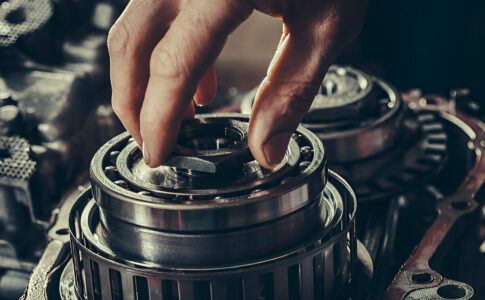
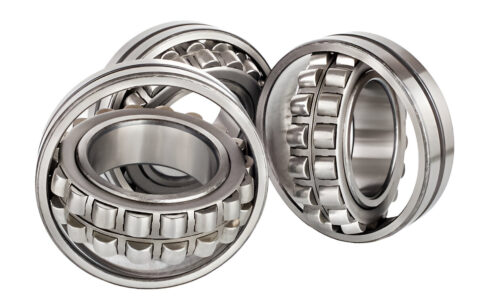
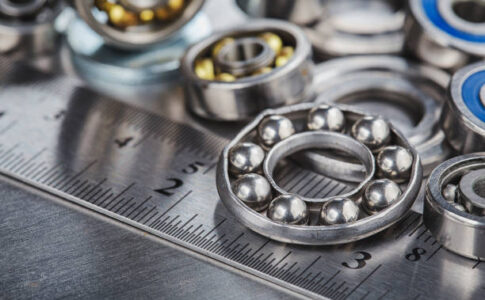
No comments